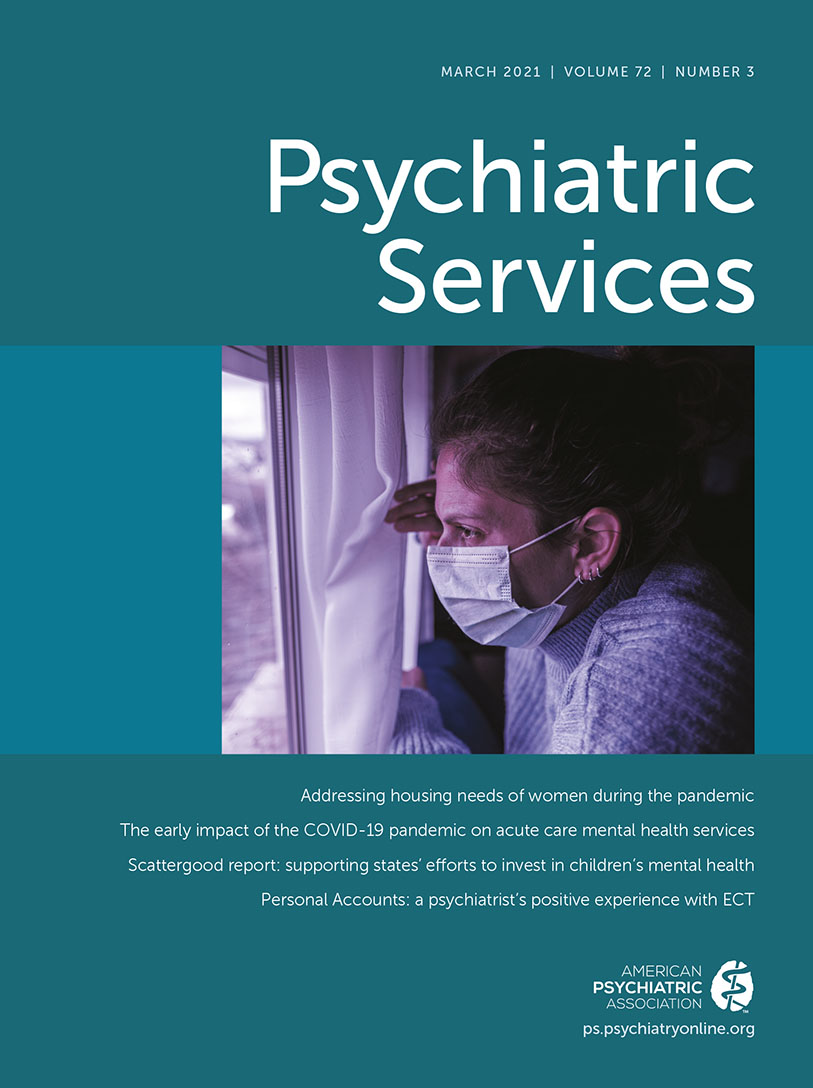Digital Technologies and Coercion in Psychiatry
Abstract
Psychiatry has a contentious history of coercion in the care of patients with mental illness, and legal frameworks often govern use of coercive interventions, such as involuntary hospitalization, physical restraints, and medication over objection. Research also suggests that informal coercion, including subtle inducements, leverage, or threats, is prevalent and influential in psychiatric settings. Digital technologies bring promise for expanding access to psychiatric care and improving delivery of these services; however, use and misuse of digital technologies, such as electronic medical record flags, surveillance cameras, videoconferencing, and risk assessment tools, could lead to unexpected coercion of patients with mental illness. Using several composite case examples, the author proposes that the integration of digital technologies into psychiatric care can influence patients’ experiences of coercion and provides recommendations for studying and addressing these effects.



